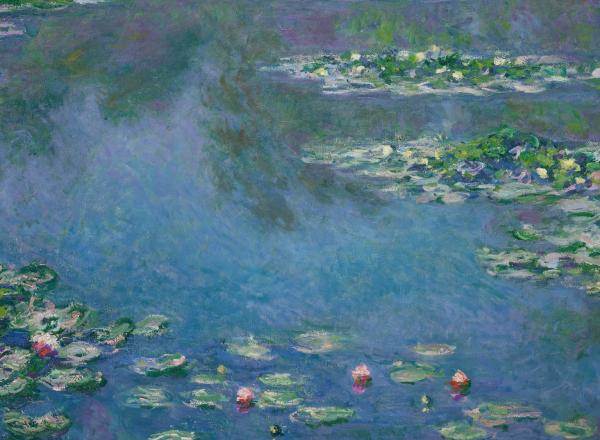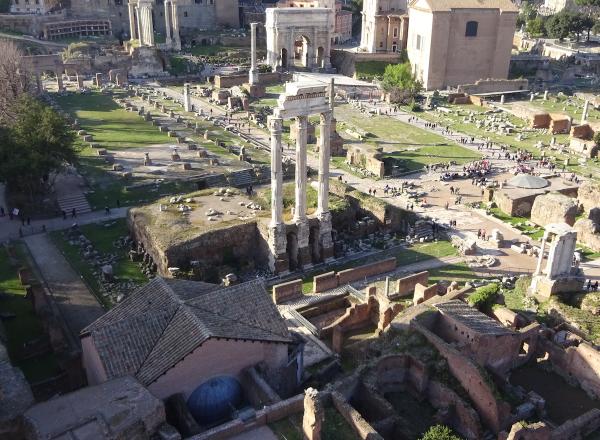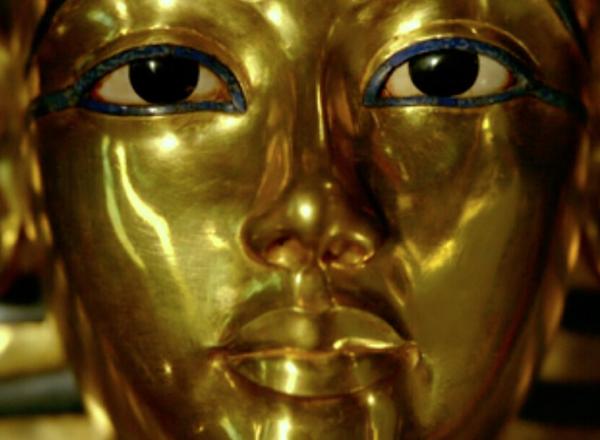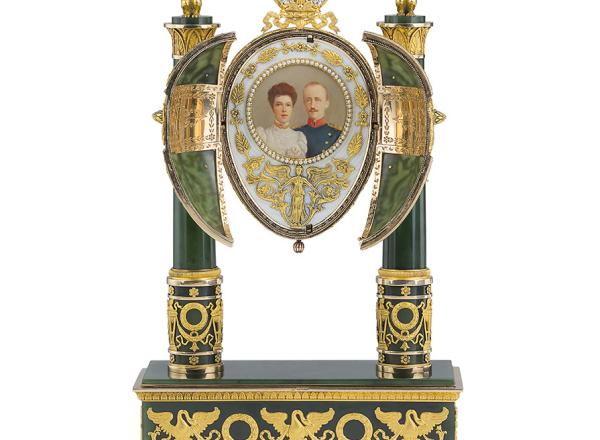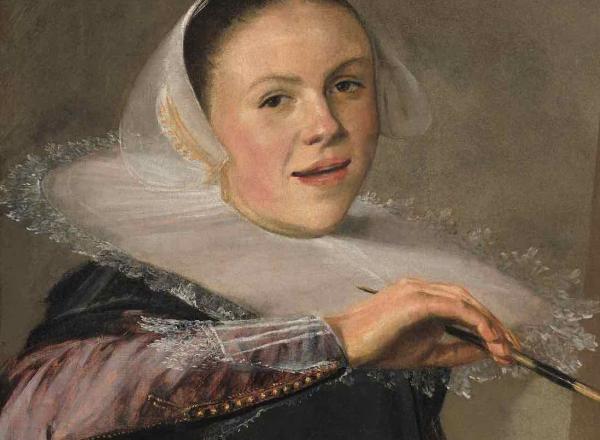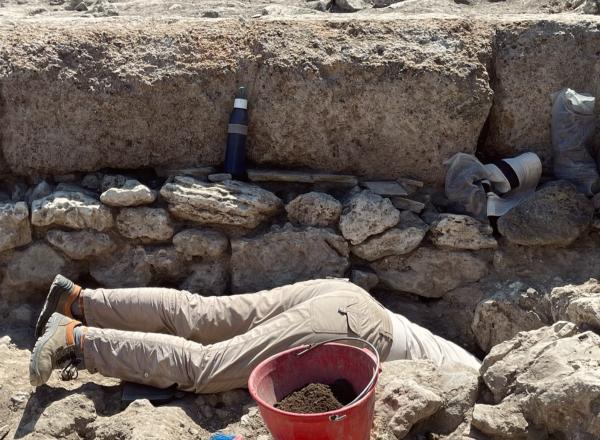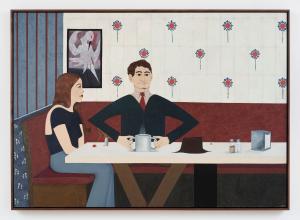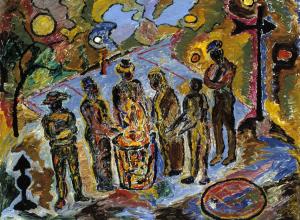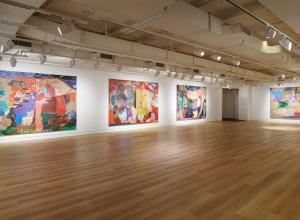Ukrainian pysanky are more than beautifully decorated eggs. The folkloric tradition has lasted for centuries and its core tenets have even been linked to more widely-spread ancient practices centered on early human understanding of creation and life. Though they can now be found across the world, the pysanka and associated traditions remain deeply Ukrainian.
Art News
Between 1897 and 1926, Claude Monet painted approximately 250 waterscapes of his favorite subject towards the end of his life: Water lilies. The latter half of these paintings in particular are lauded as stunning feats in compositional experimentation and innovation.
Up until the late nineteenth century, Rome’s forum—the political center of the ancient Roman world and now one of the most visited sites in the city—was still hidden, buried under meters of debris and earth. Today, a new exhibition at the site showcases the work of the lead archaeologist who undertook the forum's excavation, Giacomo Boni.
Orphism seemed to stem from Cubism, in part, because it shared the desire to break down solid objects and challenge human perceptions of time, space, and volume. And yet, this “offshoot” of Cubism specifically placed color and lyricism at center stage.
King Tutankhamun—or King Tut—first entered the Western zeitgeist in 1922, when his tomb was opened by the British archaeologist Howard Carter and his financier the fifth Earl of Carnarvon. The near-perfect preservation of the tomb’s 5,398 artifacts fascinated the world.
When the czar Alexander III took the throne in 1881—accompanied by his wife, Maria Feodorovna, he unwittingly began a lavish Easter tradition within the Russian imperial court—the bedazzled egg.
Scholars and curators are reviving these oeuvres and changing the way we talk about women in art history. From the paper cuttings of Joanna Koerten to the drawings of Gesina Ter Borch, here is a preview of the virtuosic, detailed, and exciting work of (some of!) the women of the Dutch Golden Age.
Due to associations with creativity, craftsmanship, and pleasure, wine is often closely aligned with art and consumers often pay good money to enjoy both. These wineries—from Northern California to the North Island of New Zealand—all center art as a crucial aspect of their identities.
As a special experience brought to viewers by the founders of the Khaleeji Art Museum, Museum in the Sky is a digital gallery walk-through. Created in partnership with Emirates airlines, its creators say it will highlight art and artists of the Arab Gulf States.
Here's what archaeology graduate programs are really like! There is no one kind of archaeologist to be and the directions that your studies can take you are too numerous to count. Archaeology is a diverse field with countless sub-disciplines and research specialties, and yes, there is always something new to find.





